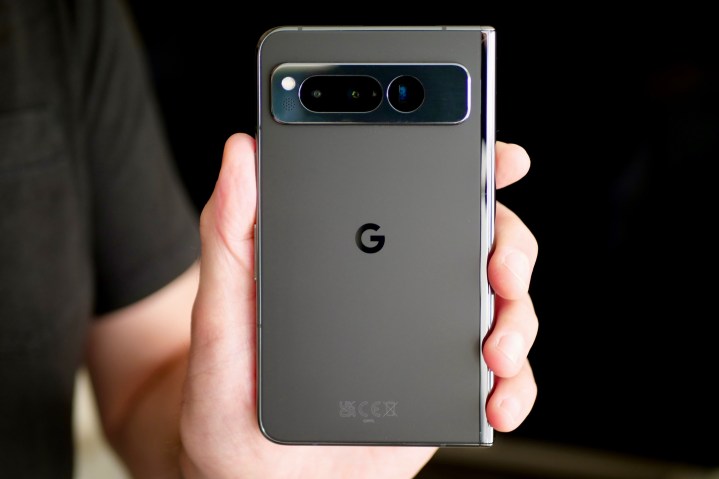
A few years ago, the dominant player in the foldable market was Samsung, at least in the U.S. However, 2023 seemed to be the year of folding phones, as Google entered the fray in July 2023 with its very first foldable, the Google Pixel Fold.
One of the problems I have with the Samsung Galaxy Z Fold series is the narrow cover screen, which makes it awkward to type and use when closed. But the Google Pixel Fold was appealing to me because the cover display was essentially the same size as a standard phone’s, so it felt easier to use. I also like that it opens up like a book. I gave the Pixel Fold an overall positive review as a result of all those things.
But then OnePlus also launched its first foldable, the OnePlus Open, a few months later in October. Though the name is silly, it’s a surprisingly great foldable for a first-generation product, and it’s made me reconsider the
Google’s software isn’t quite there
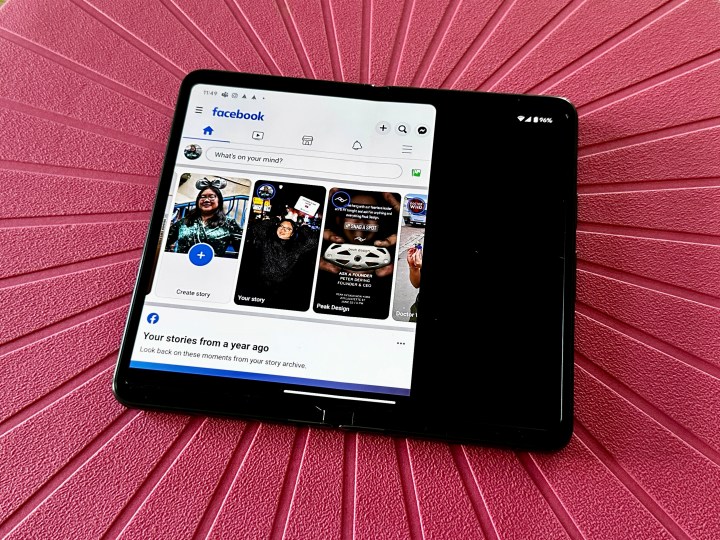
With a foldable, one of the things that you expect it to handle well is multitasking. After all, you open it up to take advantage of a larger screen, which is the perfect stage for handling multiple apps at once.
However, while Google has focused on optimizing a lot of its own apps for the larger inner display of the
If you want to make use of the full screen, you have to rotate the
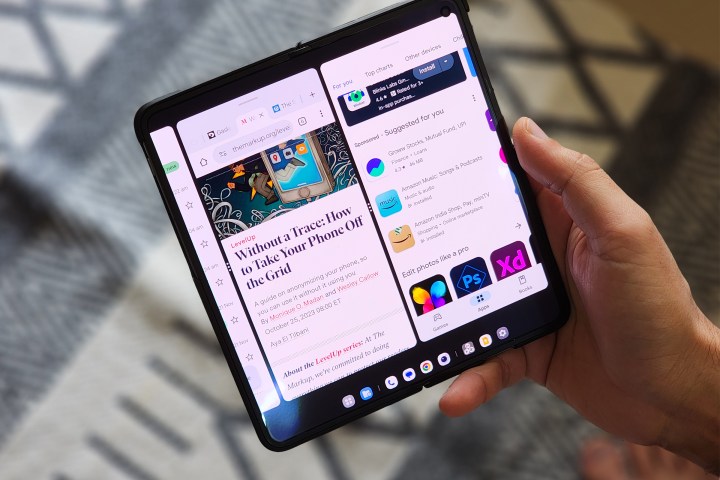
Another limitation with the
The
The Pixel Fold is too heavy
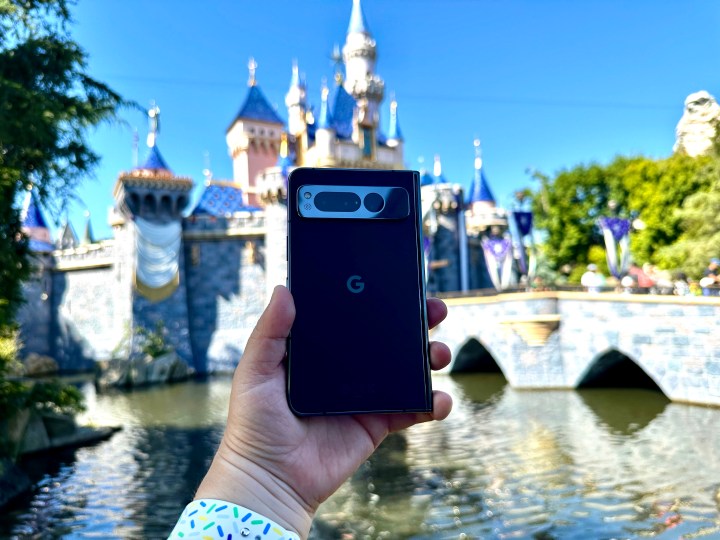
Since folding phones are essentially two slab phones put together, it’s a given that they’re going to be thicker and heavier than a “regular” phone.
Though one of my favorite things about the
For some people, the weight may not be too noticeable. When I reviewed it, I mentioned that it was still pretty manageable for typical one-handed
Again, I like the
It’s all about the hinge and inner display
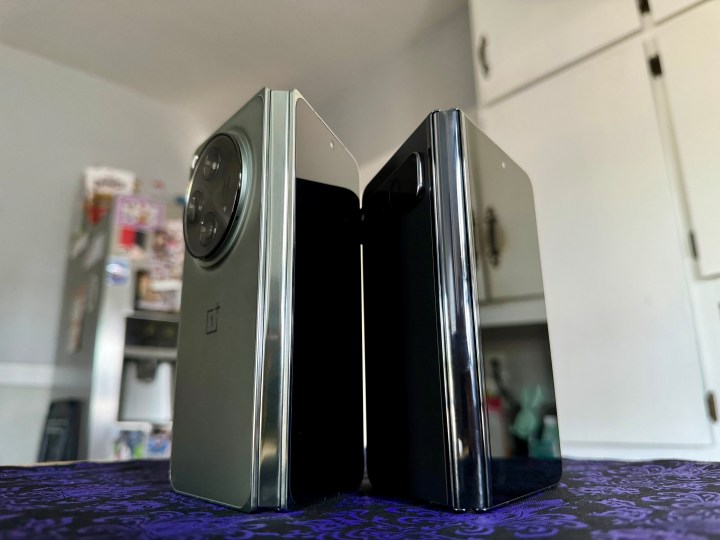
An important aspect of a folding phone is the hinge. And for the most part, Google’s custom-designed hinge is pretty good.
The Pixel Fold’s hinge feels great to open, with not too much friction when pulling the halves apart. It’s also not going to open up accidentally, either. But one thing has bothered me about it is that it won’t open fully flat without some force. And even then, due to the highly reflective inner screen, the crease is always pretty noticeable.
This is another area where OnePlus does it better with the Open, though it’s also not perfect. The OnePlus Open’s Flexion Hinge was designed with fewer components than the competition to make it more lightweight, and it easily opens flat because it kind of “snaps” into a fully open position after reaching a certain angle. This is a double-edged sword, however, as the OnePlus Open is a bit harder to keep in clamshell mode at an obtuse angle (over 135 degrees). But thanks to the antireflective layer on the OnePlus phone, you also don’t really see the crease.

The Pixel Fold’s screen looks great, but it falls short by being overly reflective and only getting to 1,450 nits peak brightness. It’s a bad combination with the glare, so it is kind of hard to use outdoors. The
Though I was impressed with the Pixel Fold’s inner display when it first came out, it’s not nearly as special when compared to the
Not all first-generation foldables are equal
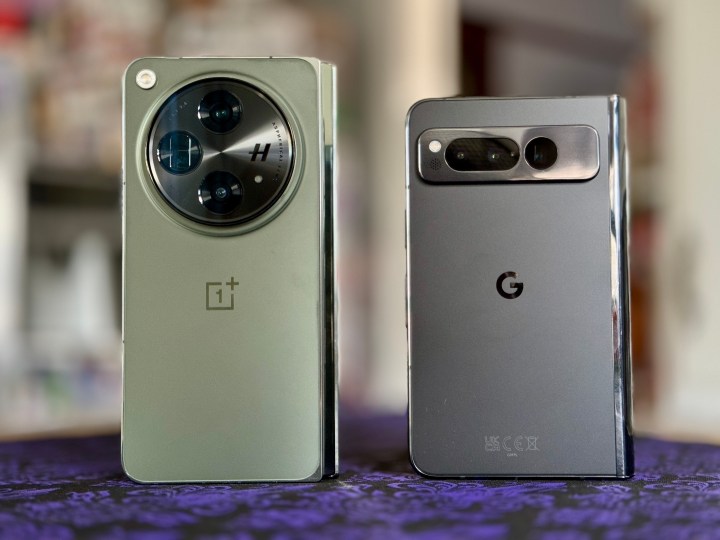
When the Google
But now we have the
The Google
Editors' Recommendations
- Something amazing happened to folding phones in 2023
- How one of my favorite Android phones actually changed my life
- I did a Pixel 8 and OnePlus 11 camera test. Picking a winner wasn’t easy
- 2023’s newest folding phone is already putting Samsung to shame
- For a $1,700 folding phone, the OnePlus Open has one big flaw

